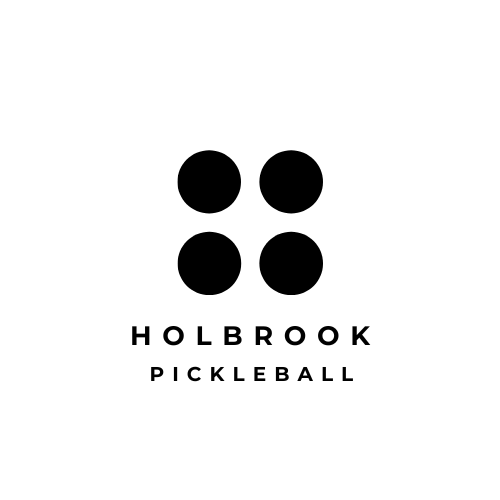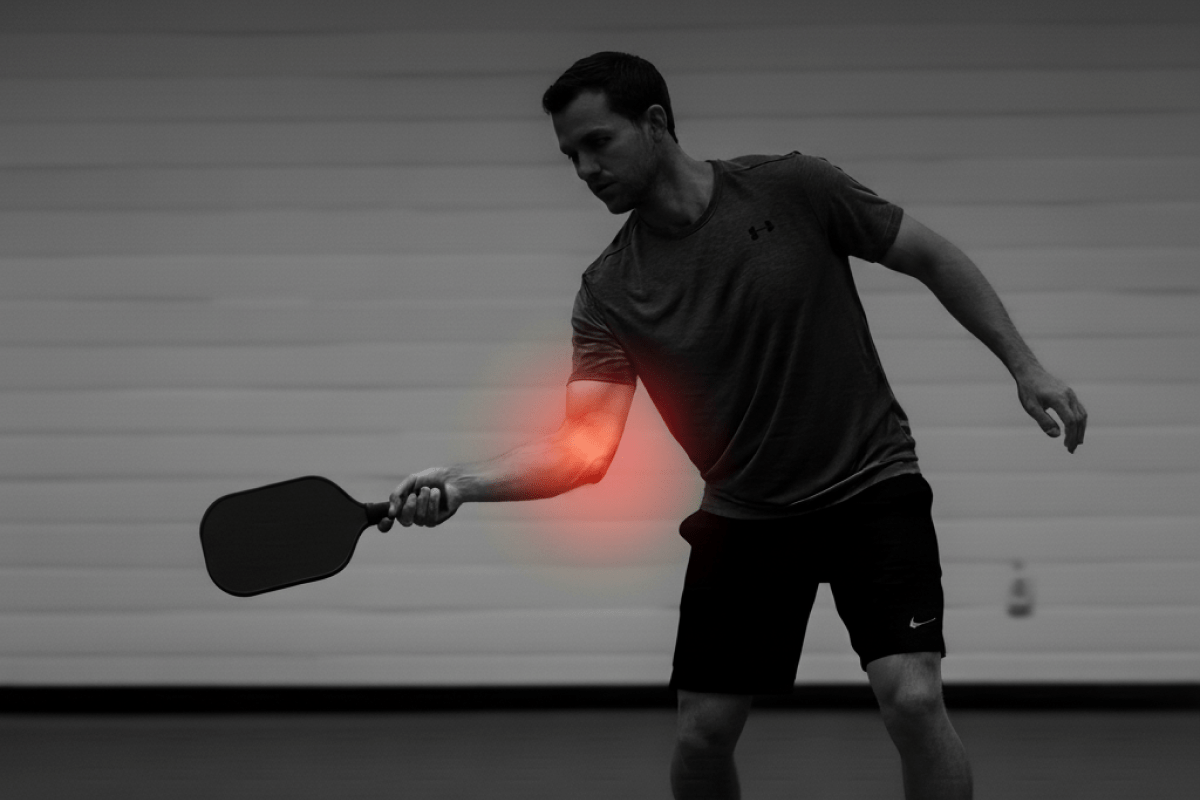Pickleball Elbow: How to Prevent Pain and Protect Your Game
Nagging pain on the outside of your elbow? That could be pickleball elbow — a common injury caused by overuse of the forearm muscles that control your paddle. The good news? You can stay pain-free with smart habits, simple exercises, and by choosing the right paddle.
Common Causes of Pickleball Elbow
- Over-gripping your paddle too tightly
- Playing with a paddle that’s too top-heavy
- Weak forearm and shoulder stabilizers
- Repetitive motion without proper recovery
Prevention Tips
1. Loosen Your Grip
Think “handshake pressure,” not a tight clench. A softer grip reduces forearm strain and gives you smoother paddle control.
2. Play with a Well-Balanced Paddle
A top-heavy paddle adds stress to your wrist and forearm. Holbrook paddles — especially the ARMA — are designed for balance. This design helps reduce strain so you can play longer, healthier rallies.
3. Strengthen Your Arm & Shoulder
Why It Matters
- Shoulder strength: Your shoulder stabilizes every stroke. Weak shoulders cause the forearm and wrist to overcompensate, leading to elbow pain. Strong shoulders absorb swing forces, improve posture, and keep strokes efficient.
- Forearm strength: Your forearm controls the paddle, stabilizes your wrist, and generates snap. Weakness or fatigue here leads directly to elbow stress.
By strengthening both, you spread the workload evenly — protecting your elbow while improving shot control and power.
Exercises to Try
Wrist Extensions with a Pickleball
Sit with your forearm on a table, palm down, wrist hanging off. Hold a pickleball and slowly lift your hand upward, then lower under control.
3 sets of 12–15 reps per side.
Builds wrist extensor strength to support your elbow.
Forearm Rotations with a Paddle
Hold your paddle vertically in front of you. Rotate your forearm slowly so the paddle tilts side to side.
2–3 sets of 8–10 rotations each way.
Strengthens stabilizers that protect the elbow.
Brugger’s Relief Position (Posture Reset)
Sit tall or stand upright. Roll shoulders back and down. Turn palms outward, spreading fingers wide.
Hold for 30 seconds, repeat 2–3 times.
Activates postural muscles, reducing strain on the forearm and elbow.
4. Stretch & Recover
Forearm Stretch
Extend one arm forward, palm down. Use your other hand to gently pull fingers back.
Hold 20–30 seconds, repeat twice per side.
Relieves tightness after play.
Massage / Ice
After long sessions, massage forearm muscles or ice for 10–15 minutes to calm inflammation.
Pro Tip from The Pickleball Chiropractor
“Protect your arm with small, consistent habits — and make sure you’ve got the right paddle in your hand. Holbrook’s ARMA paddle is my go-to for balance and feel, helping me keep my wrist and forearm healthy while playing longer, more powerful rallies.”
— Dr. Michael Oakson, DC
Takeaway: With the right grip, paddle, strength training, and recovery habits, you can prevent pickleball elbow and keep your game strong





